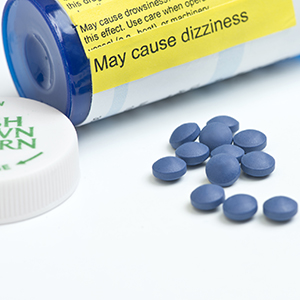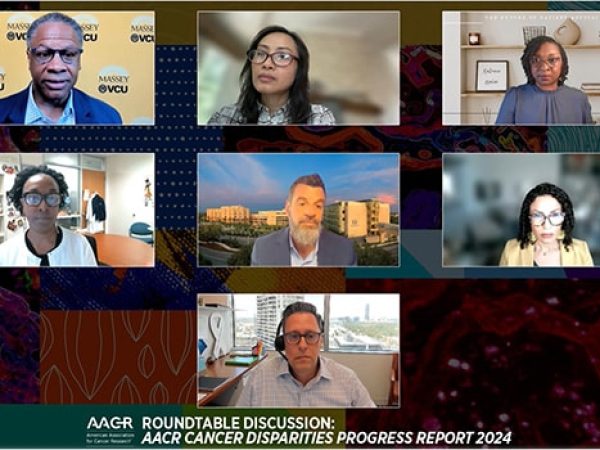How Cancer Patients Can Manage Pain
Studies suggest between 20 to 50 percent of cancer patients are in pain when they are first diagnosed with cancer. Approximately 80 percent of patients with advanced cancer say they are in moderate to severe pain. But not all health care providers properly address pain in these patients.
“Easing the Pain” tells the story of cancer patients’ experiences dealing with pain and best practices for pain management. The article is featured in the Spring 2016 issue of Cancer Today, a magazine for cancer patients, survivors, and caregivers that is published by the American Association for Cancer Research.
In some cases, doctors may not take pain seriously. In other cases, they may not be aware of which drugs best treat different types of pain. For instance, opioids do not help neuropathic pain, while drugs like Neurontin (gabapentin) can be effective. Patients themselves may decide they cannot tolerate pain medications when, in fact, they just need a lower dose.
Approximately 80 percent of patients with advanced cancer say they are in moderate to severe pain.
Both doctors and patients may fear addiction to pain medications. In reality, “we know that in patients with cancer pain, the rates of addiction are astronomically low,” said Eric E. Prommer, a hematologist-oncologist who directs the Inpatient Palliative Care Unit at the VA Greater Los Angeles Healthcare System.
For Mike Richardson of Black Diamond, Alberta, Canada, getting pain under control took nine months, said his wife, Eryn Richardson. Mike died of advanced melanoma in 2013. His oncologist initially offered little help when Mike complained of pain, but a psychologist got him an appointment with a pain specialist. Once Mike was finally on the right medications, he was able to start going on camping trips again and to travel to Florida and Hawaii. Eryn now tells others to seek out quality palliative care. “No cancer patient should have to be living with pain,” she said.
Read more about how cancer patients cope with pain in Cancer Today. You can also find out what pain medications are commonly used to treat pain in cancer patients and read about the World Health Organization’s pain relief ladder, which helps physicians get their cancer patients’ pain under control in 70 to 80 percent of cases.




